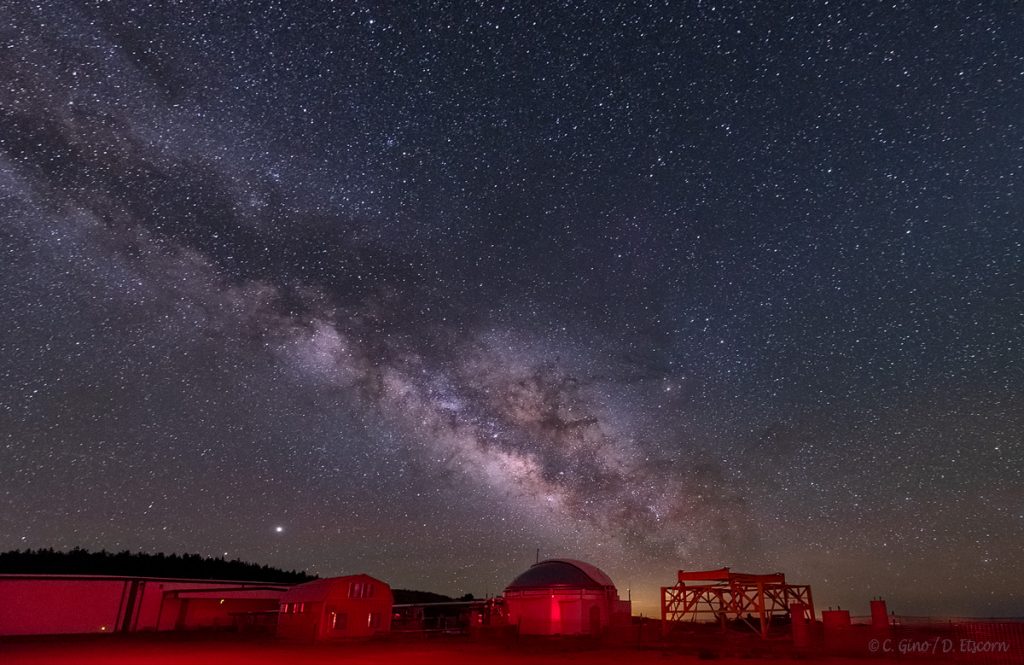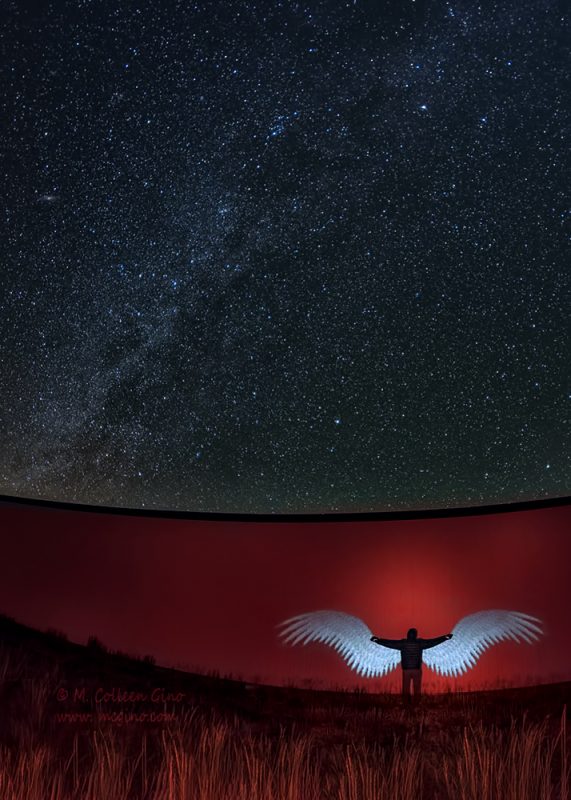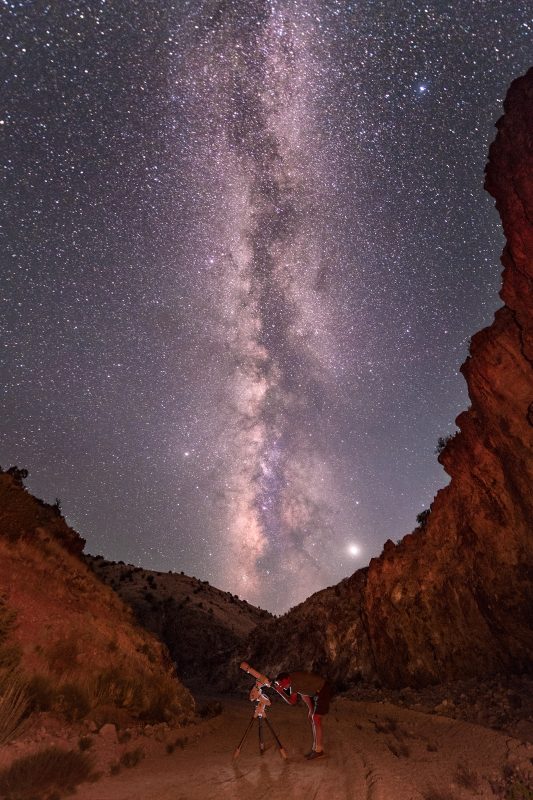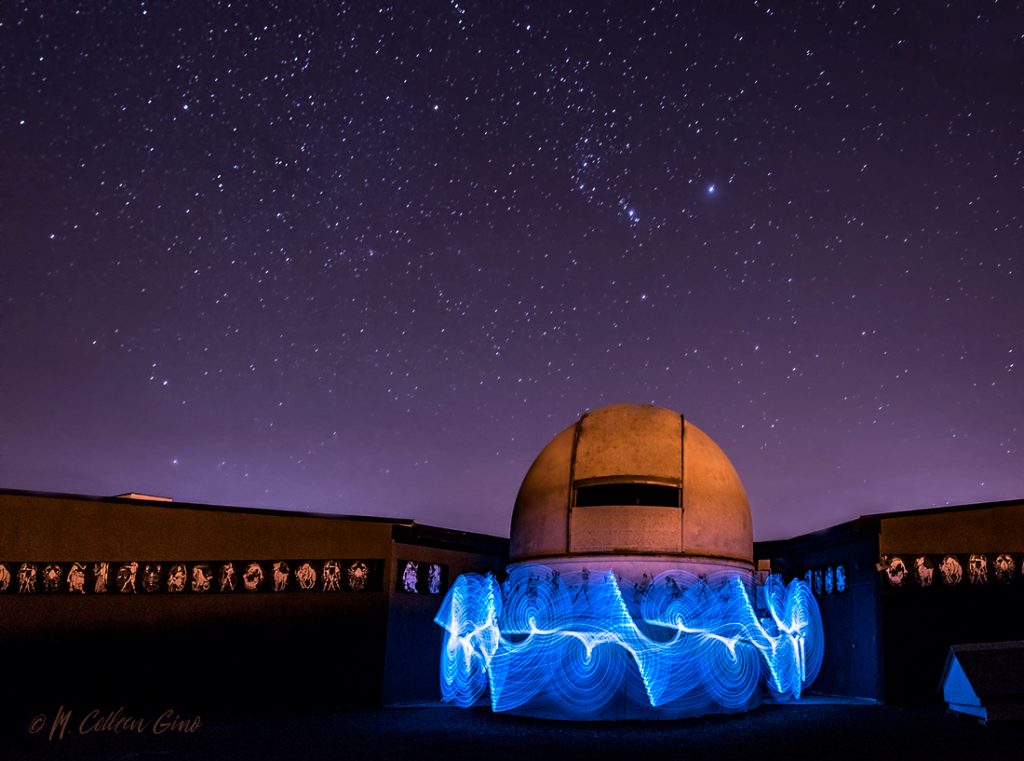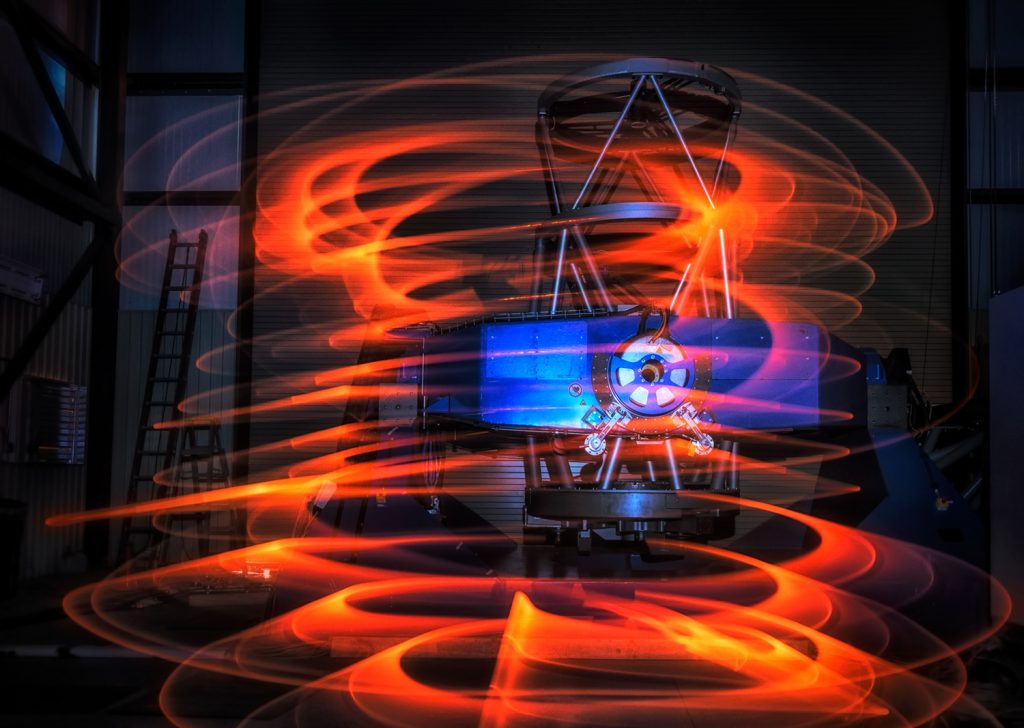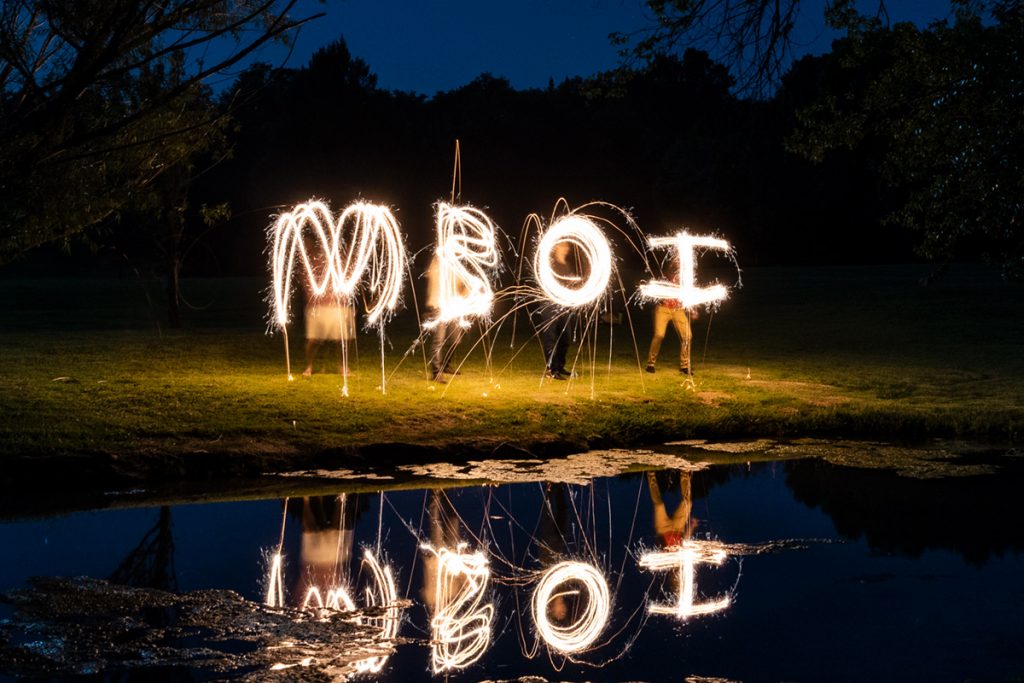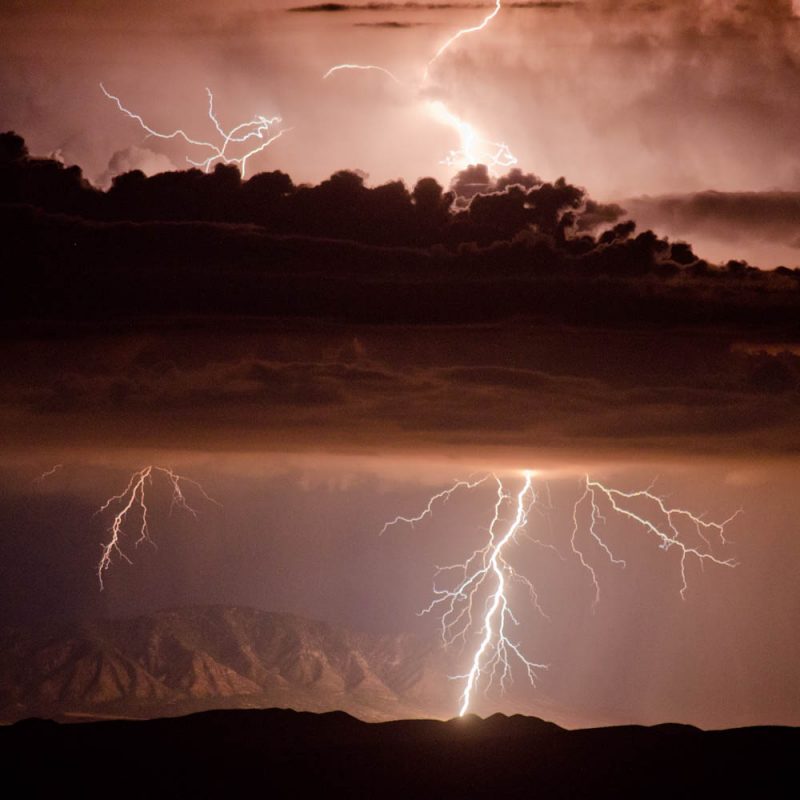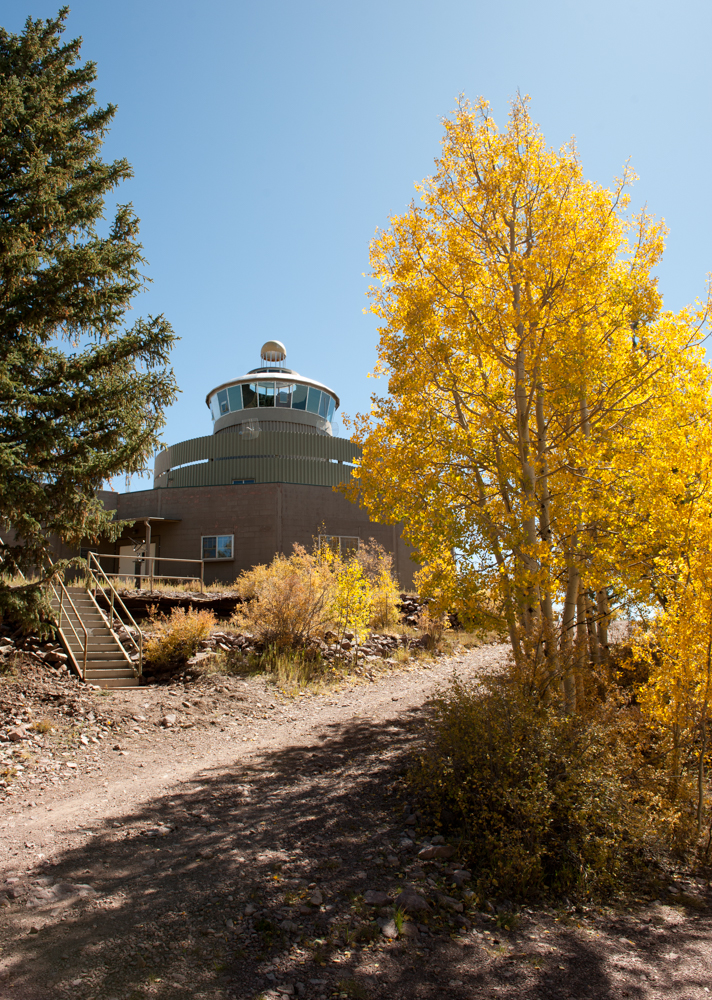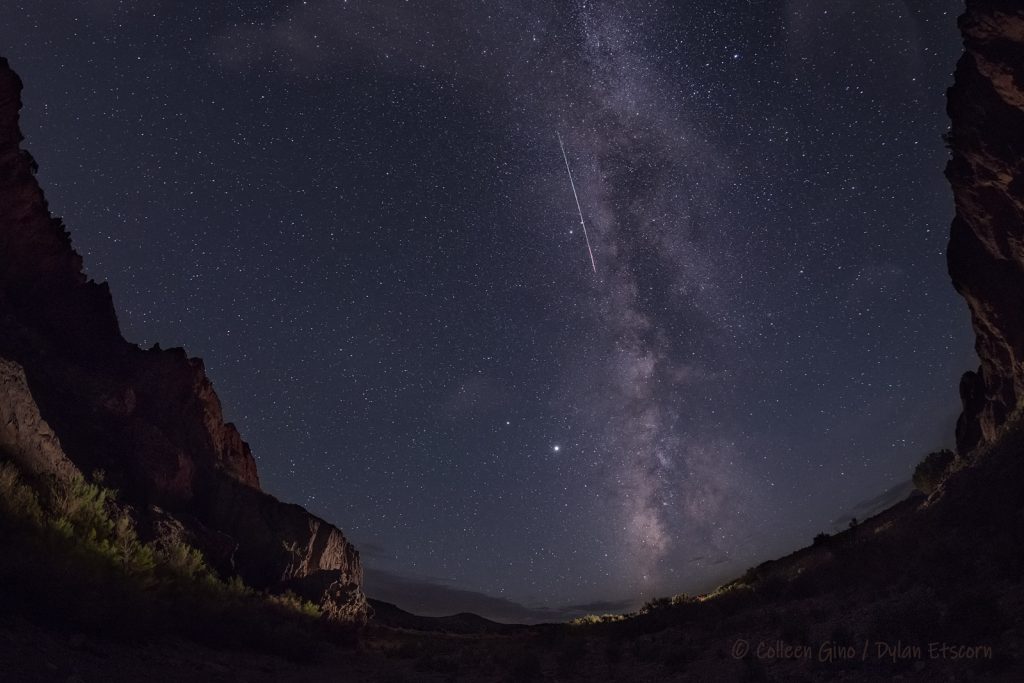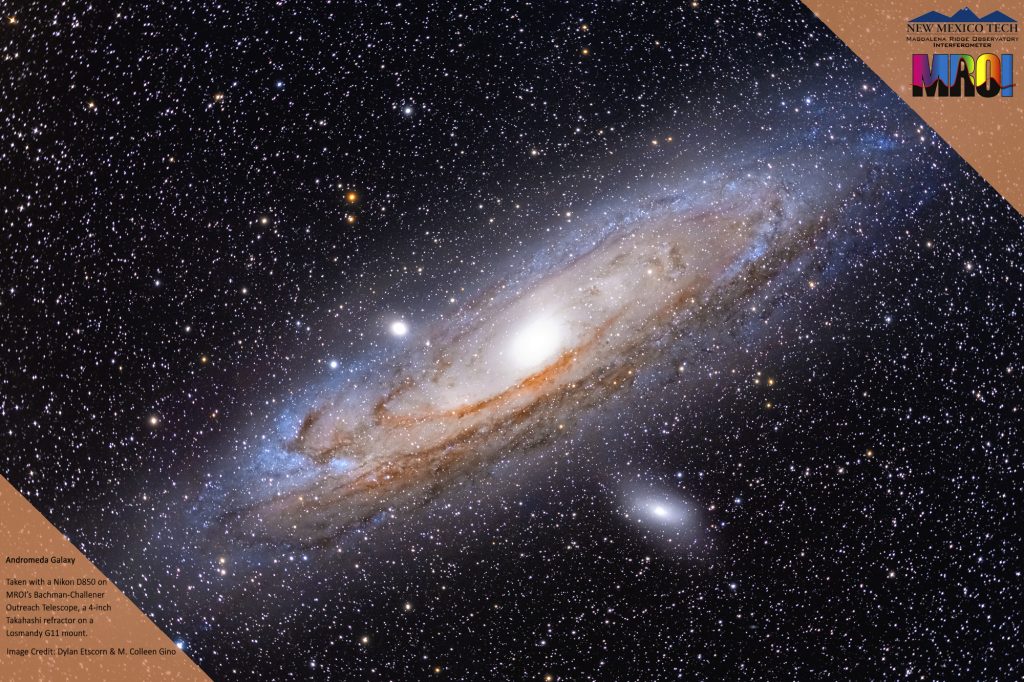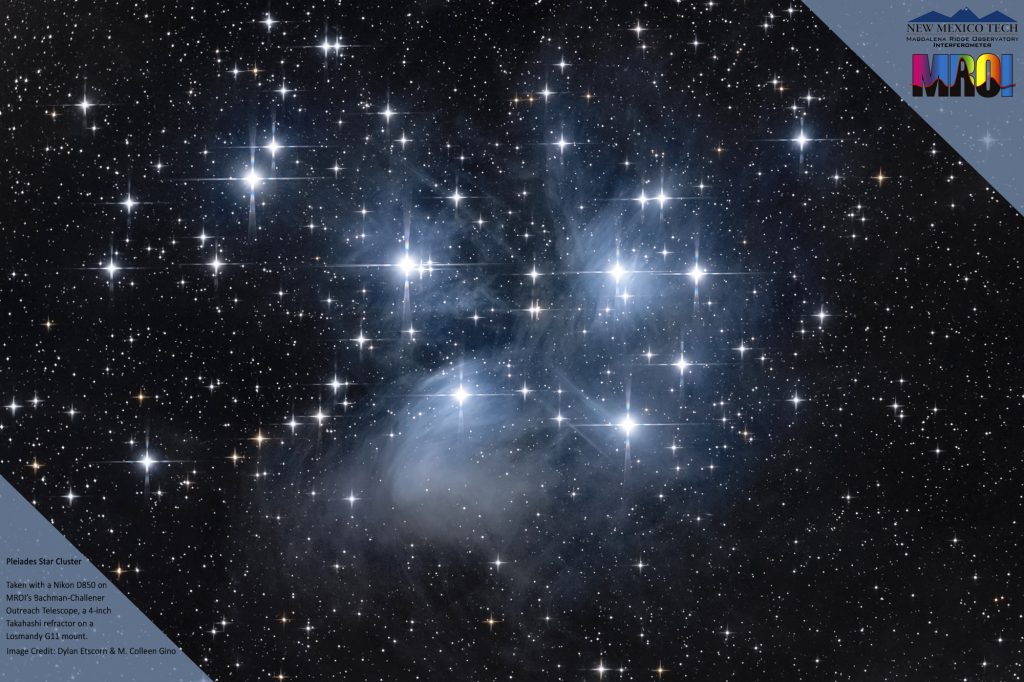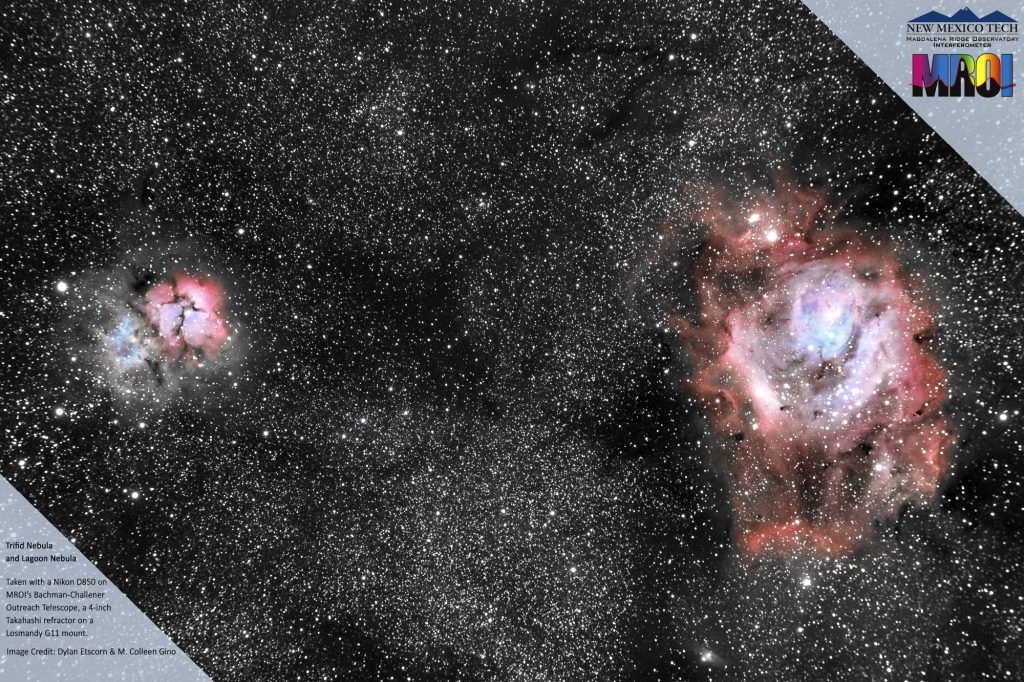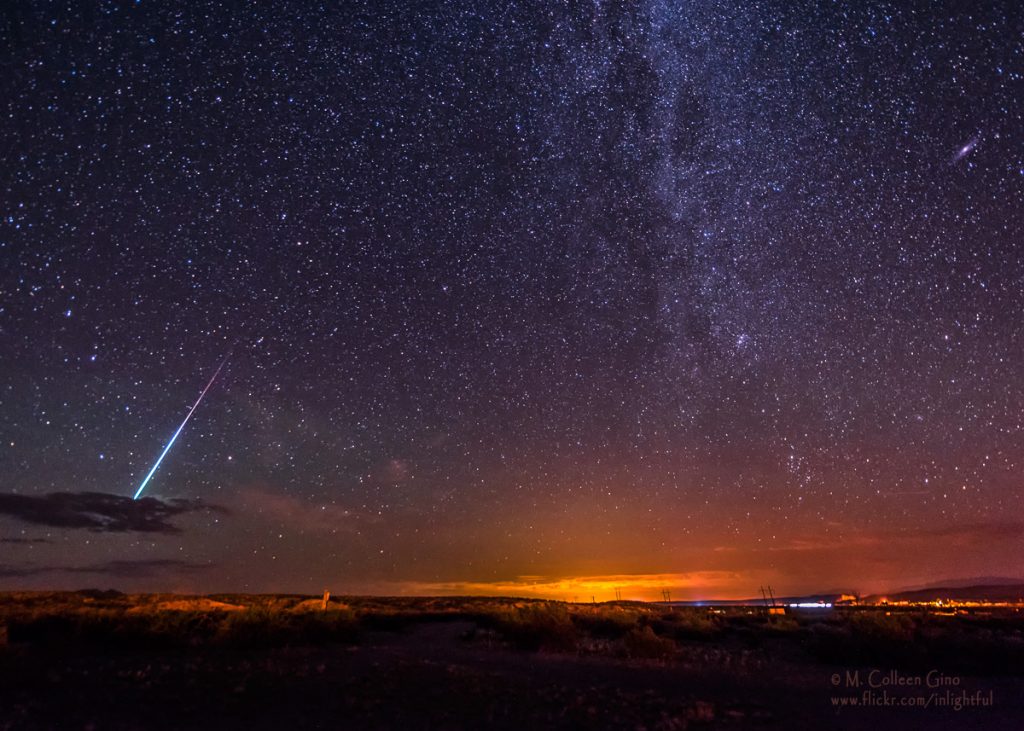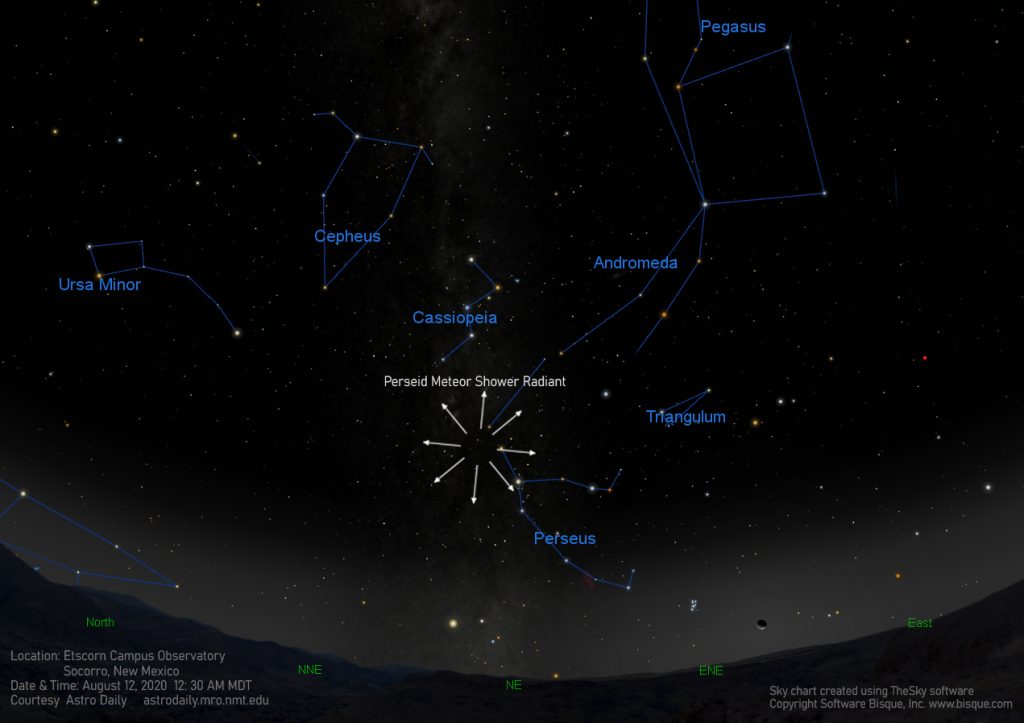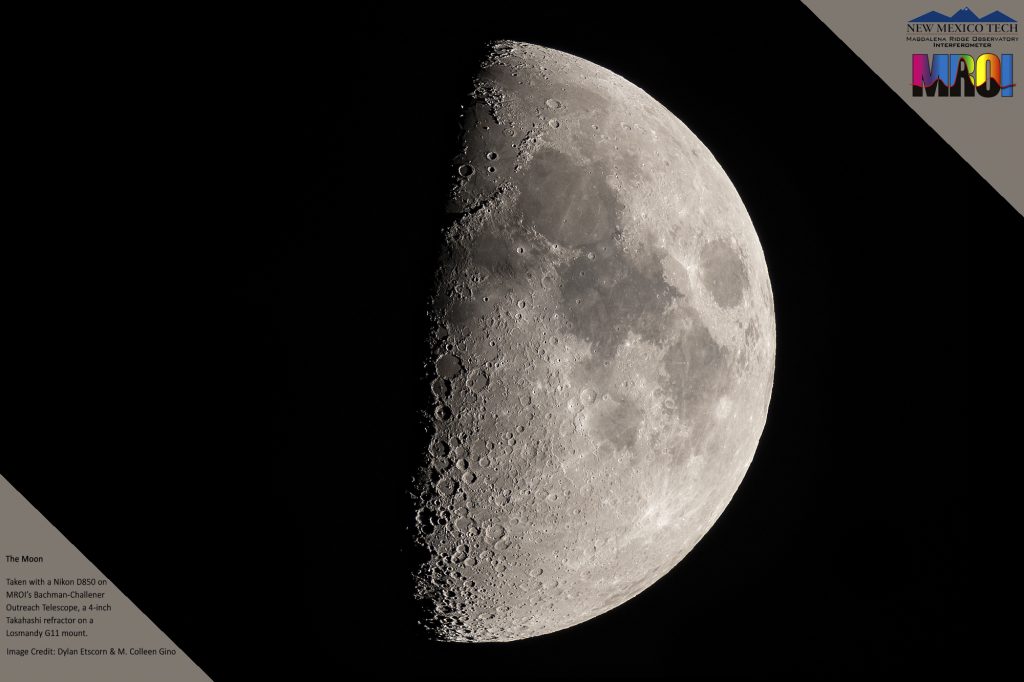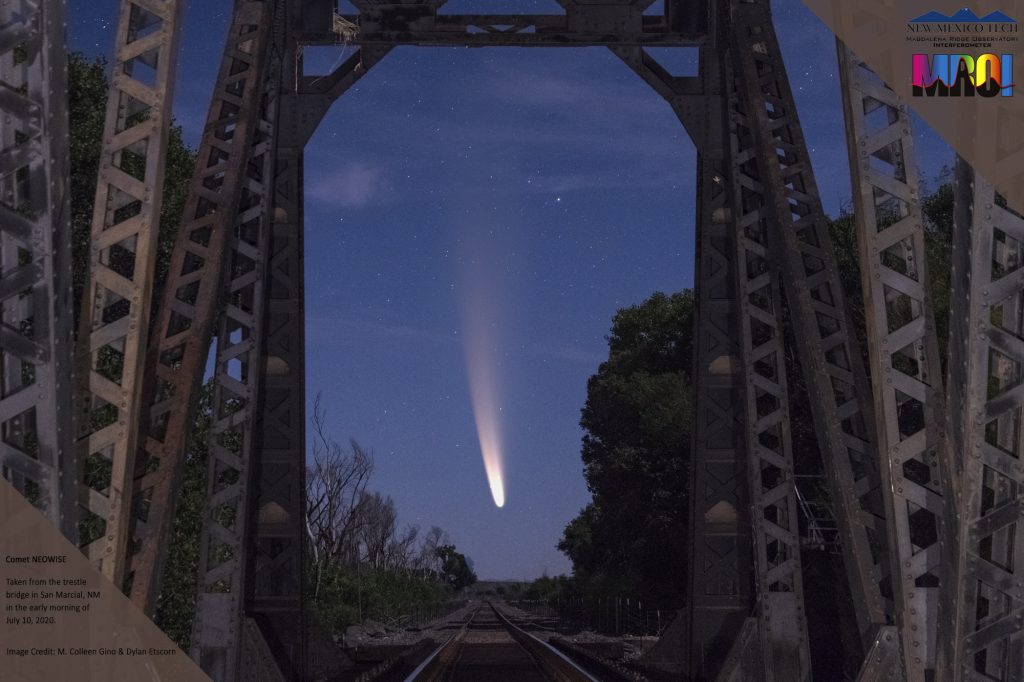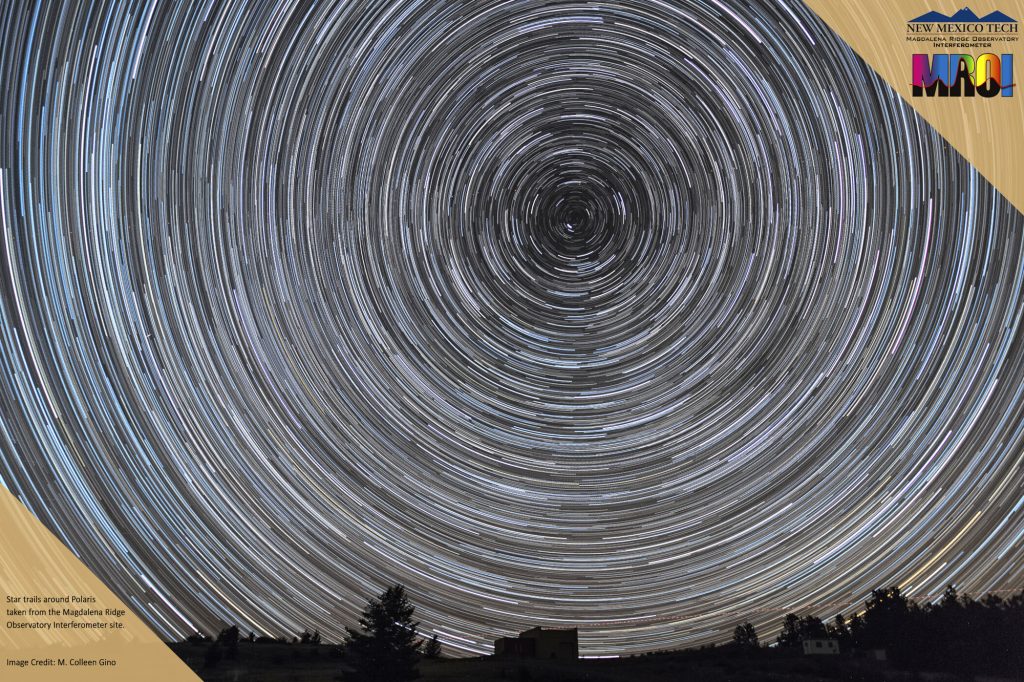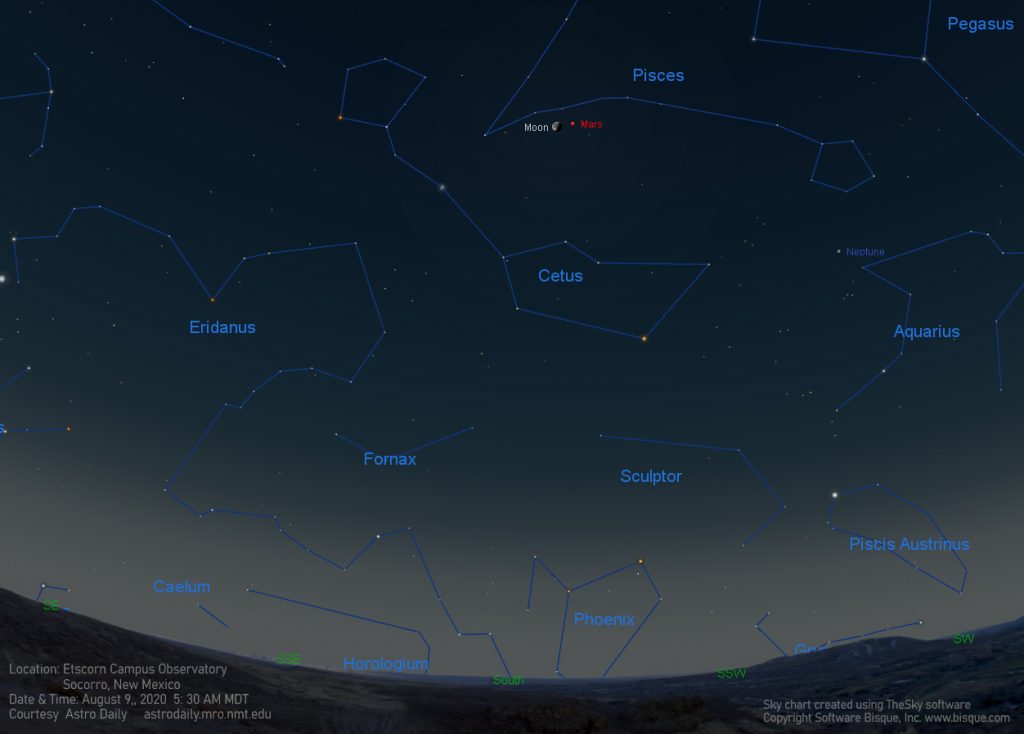The green flash. While at first, it may sound like the love child of two DC comic book characters, its name is actually much more literal. It’s a flash. That’s green. If you’ve seen Pirates of the Caribbean: At World’s End, you may be familiar with the idea. While Hollywood’s version of the green flash is massive and spectacular, the real life version (yes, there is a real life version) is much more subtle and easy to miss.
It can be seen for a brief moment on the horizon, right around sunrise and sunset when the conditions are right. But what are these conditions and what causes the last rays of sunlight to appear to us on Earth as a bright green?
Part of the answer lies in the refraction of light that happens in the Earth’s atmosphere. The most recognizable and well known example of light refracting is the rainbow. As sunlight makes the quick transition from air to water during its travel, the light is bent, or refracted, and separates out into all the colors contained therein (think Dark Side of the Moon album cover). You’ve also seen this effect if you’ve stuck a straw into a clear glass of water. The straw suddenly seems to defy physics and abruptly veers from its path so that the part above water appears to not quite connect to the part below water.
If you subscribe to our newsletter, you’ve also read about how we at the MROI have to deal with the atmosphere’s pesky tendency to refract starlight. In Project Scientist Michelle Creech-Eakman’s Instrumentation Station article titled What is a Delay Line and Why Do We Need Ten of Them?, she likens the light emanating from the stars to a sheet of paper with a picture on it. At first the picture is flat and perfect. But as this light paper reaches our atmosphere, the light paper begins to crumple and distort. To find out how that light paper gets flattened back out into an image we can see, take a look at Dr. Creech-Eakman’s article in the June newsletter.
But back to the green flash. As with the rainbow, one effect of this bending is for light to be separated into its distinct wavelengths: different colors. The green light is the color that is in our line of site while the rest of the colors dip below the horizon, thus: a green flash.
While the green flash is most commonly observed when looking out across the ocean, it can be seen from anywhere in the world. It is easiest to see when the observer has an unobstructed view of the horizon and the air is clear and still. Next time you happen to be outside right before sunrise or right after sunset, take a look and see if you can spot it! This is not a suggestion to stare directly at the sun. Wait for the moment just after the sun has set or the moment just before it rises. We can’t promise any souls will return to Earth as was signified by the appearance of the green flash in the Pirates movies, but we can guarantee it’s a pretty neat sight!
Article by Shelbi Etscorn of the Magdalena Ridge Observatory Department of Outreach and Communications.


